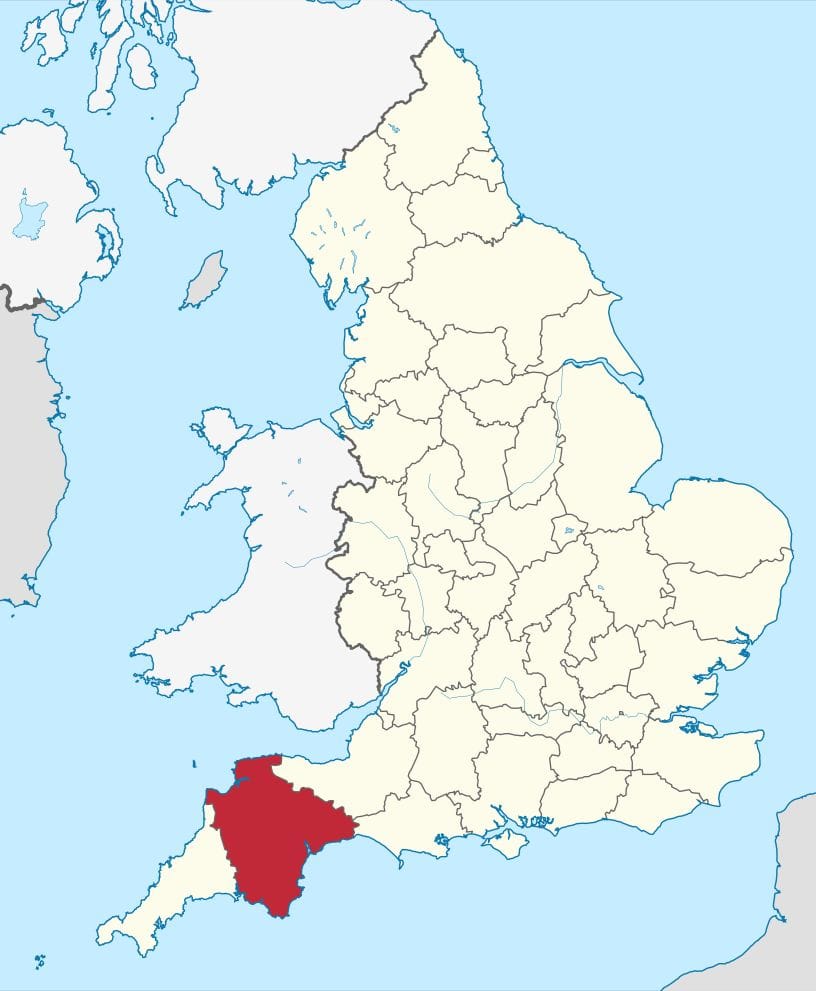
Devon, a ceremonial county nestled in the picturesque South West of England, stands as a region of profound historical depth, remarkable geographical diversity, and enduring cultural significance. Far from being a mere geographical marker, it represents a vibrant tapestry woven from millennia of human activity, geological forces, and a unique identity forged at the confluence of various influences.
This article embarks on a comprehensive exploration of Devon, aiming to present an authoritative account of its multifaceted character. We will delve into the very origins of its name, traverse its varied landscapes from rugged moors to stunning coastlines, and trace the lineage of its inhabitants from ancient Britons to the present day. The objective is to provide a detailed and nuanced understanding of what makes Devon a distinctive and vital part of England’s heritage.
Our journey will commence with an examination of the county’s etymological roots, subsequently progressing through its unique geographical formations, the majestic presence of its national parks, and the earliest chapters of its human history. We will then consider its pivotal involvement in England’s civil conflicts, its historical industrial backbone, and the defining characteristics of its climate, offering a robust foundation for appreciating this extraordinary county.
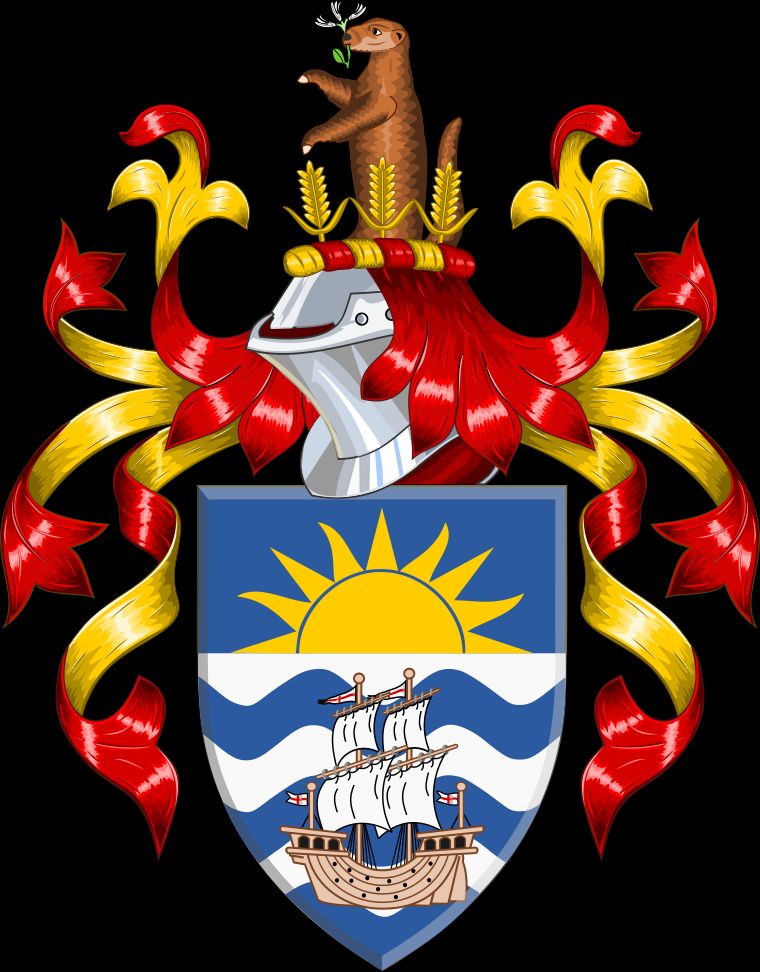
1. **The Etymological Tapestry: Tracing Devon’s Ancient Names**The name ‘Devon’ itself is a direct echo of its ancient past, deriving from the Brythons who inhabited the southwestern peninsula of Britain at the time of the Roman conquest. Known as the Dumnonii, this Celtic tribe’s name is thought to signify ‘deep valley dwellers,’ a reflection of the region’s topographical character. This etymological root is consistently found across Brittonic languages, with Welsh: Dyfnaint, Breton: Devnent, and Cornish: Dewnens all conveying the same meaning of ‘deep valleys,’ underscoring a shared linguistic heritage in the region.
Historically, the county has also been known as ‘Devonshire,’ a term that persists in certain formal contexts and organizational names, such as ‘The Devonshire Association.’ Anglo-Saxon texts from before 1000 CE make reference to both ‘Defnas’ (referring to the people of Devon) and ‘Defenasċīre’ (meaning ‘Shire of the Devonians’), demonstrating the early establishment of this designation. This suggests that the ‘shire’ suffix, often erroneously attributed to a mistake in the Duke of Devonshire’s original letters patent, has a much older and more organic origin, potentially developing around the 8th century as the Latin Dumnonia evolved into Defenasċīr.
Adding further depth to Devon’s toponymy are distinctive place-name endings such as ‘-combe’ and ‘tor.’ The term ‘combe,’ derived from the Brittonic ‘cwm’ meaning ‘valley,’ and ‘tor,’ from Old Welsh ‘twrr’ (Scots Gaelic ‘tòrr’) referring to granite formations, are rare Celtic loanwords in the English language. Their notable frequency in Devon highlights the county’s historical linguistic boundary with Cornwall and its deeply embedded Celtic influences, coexisting with Anglo-Saxon endings like ‘-worthy’ for larger settlements or ‘Bere’ and ‘leigh’ for groves and clearings respectively.
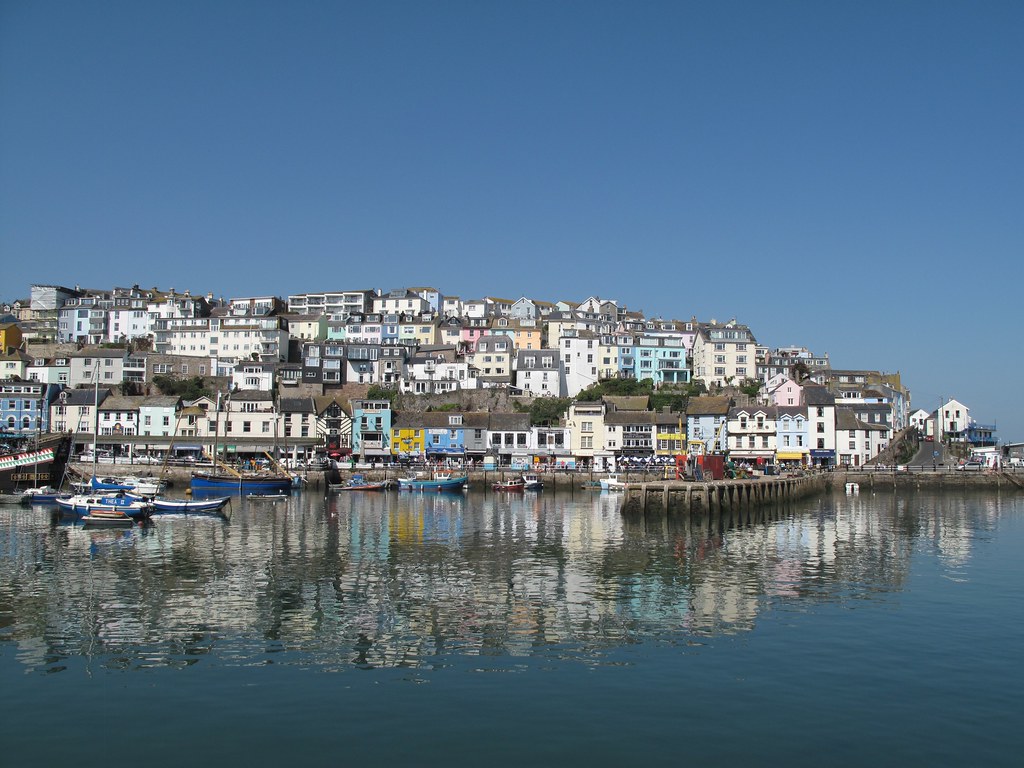
2. **Geographical Duality: Devon’s Distinctive Two Coastlines and Boundaries**Devon’s geographical position is remarkably distinctive, as it uniquely straddles a peninsula, affording it two separate coastlines. To the north, it meets the Bristol Channel and the Celtic Sea, while its southern shores are washed by the English Channel, creating a diverse maritime interface. This dual coastal presence is entirely circumnavigated by the South West Coast Path, with approximately 65% of its length officially designated as Heritage Coast, emphasizing its scenic and ecological value.
In terms of sheer physical scale, Devon has historically been one of England’s largest counties. Prior to the significant changes to English counties in 1974, it ranked as the third largest by area, and notably, it was the largest among counties not subdivided into further county-like divisions. Even after the creation of Cumbria in 1974, Devon maintains its standing as the fourth largest among ceremonial counties and the third largest non-metropolitan county, a testament to its expansive landmass. Furthermore, the island of Lundy and the Eddystone reef are also encompassed within Devon’s administrative boundaries, extending its maritime domain.
This extensive geographical spread is complemented by its strategic location bordered by Somerset and Dorset to the east, and Cornwall to the west, with the River Tamar forming much of this western boundary. The diverse topography ranges from the populous south coast, home to Plymouth, Exeter, Torquay, and Paignton, to the more rural north, featuring towns like Barnstaple. This varied geographical layout contributes significantly to its appeal as both a place of residence and a sought-after destination for visitors.

3. **The Upland Core: Significance of Dartmoor and Exmoor National Parks**Central to Devon’s distinctive geography are its two prominent upland moors: Dartmoor and Exmoor, both designated as National Parks. Dartmoor National Park lies entirely within Devon’s borders, an expansive wilderness of granite tors, windswept plateaus, and deep river valleys. Exmoor National Park, while primarily in Somerset, extends significantly into North Devon, sharing its characteristic open moorland and dramatic coastline with the county.
These moorlands serve as critical hydrological sources for most of Devon’s rivers, including the Taw, Dart, and Exe, shaping the county’s agricultural and ecological landscapes. Beyond their functional role, they are ecological strongholds, providing habitats for unique flora and fauna adapted to these rugged environments. The designation as National Parks ensures the preservation of their natural beauty, cultural heritage, and opportunities for public enjoyment.
Beyond the dramatic expanses of these national parks, Devon transitions into an attractive landscape of rolling rural scenery, dotted with charming villages featuring traditional thatched cob cottages. This quintessential English countryside, combined with the allure of its moorlands and coastlines, firmly establishes Devon as a highly popular holiday destination. The stark contrast between the wild open spaces of the moors and the gentle tranquility of the rural valleys offers a rich and varied experience of the natural world.
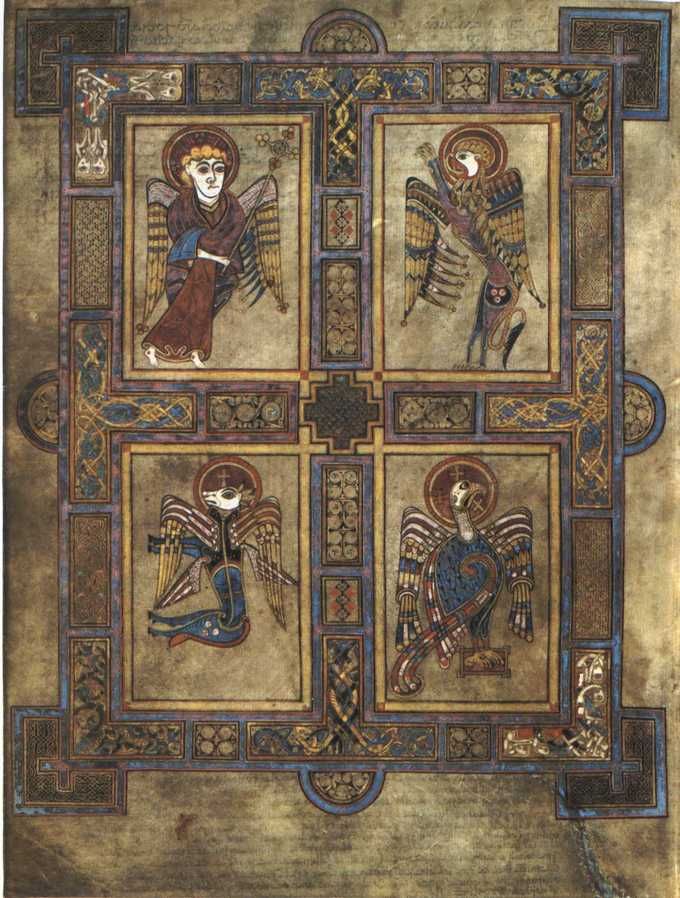
4. **Chronicles of Early Inhabitants: Devon’s Pre-Roman and Anglo-Saxon Eras**The human story of Devon extends deep into prehistory, with evidence of occupation dating back tens of thousands of years. Kents Cavern in Torquay has yielded human remains estimated to be between 30,000 to 40,000 years old, placing Devon among the earliest known sites of human presence in Britain. Following this, Mesolithic hunter-gatherer peoples are thought to have occupied Dartmoor from around 6000 BC, adapting to and shaping the ancient landscape.
The Roman influence arrived later, with the area experiencing military occupation for approximately 350 years. However, the region west of Exeter was notably less Romanised compared to other parts of Roman Britain, perceived as a remote frontier. After the formal Roman withdrawal in AD 410, the Dumnonii Celtic Britons, who had long inhabited the region, attempted to establish a dynasty, leading to the creation of the Kings of Dumnonii, reflecting a continuation of indigenous rule.
Subsequently, the county began to experience Saxon incursions from the east around 600 AD, initially as small bands of settlers along the coasts and estuaries. These gradually evolved into more organized movements pushing inland, leading to Devon becoming a frontier between Brittonic and Anglo-Saxon Wessex. By the mid-ninth century, much of Devon had been absorbed into Wessex, marking a significant cultural and political shift. Genetic studies conducted by the University of Oxford and University College London further indicate distinct genetic groups in Devon, showing similarities with modern northern France and suggesting a more limited Anglo-Saxon migration into the region compared to other parts of Southern England, where assimilation was more extensive.

5. **A History of Unrest: Devon’s Engagement in Major English Conflicts**Devon has been a significant theatre for many of England’s civil conflicts since the Norman Conquest, reflecting its strategic importance and often volatile political landscape. Its terrain bore witness to the struggles of the Wars of the Roses, where powerful magnates like the Earl of Devon and William Bonville held considerable sway, their influence stretching across the southwest of England.
The county also played a notable role in events such as Perkin Warbeck’s rising in 1497, a challenge to Henry VII’s throne, and the Prayer Book Rebellion of 1549, a deeply religious and social uprising against the introduction of the Protestant Book of Common Prayer. The latter conflict resulted in the tragic deaths of thousands from Devon and Cornwall, underscoring the profound impact of national events on local communities.
Furthermore, Devon was deeply divided during the English Civil War of 1642–46, splitting along religious and cultural lines, with loyalties often fiercely contested. A later, pivotal moment in English history, the Glorious Revolution of 1688, also commenced on Devonshire soil with the landing of William of Orange at Brixham. These historical episodes highlight Devon’s consistent involvement in the broader narratives of English power struggles and societal change.
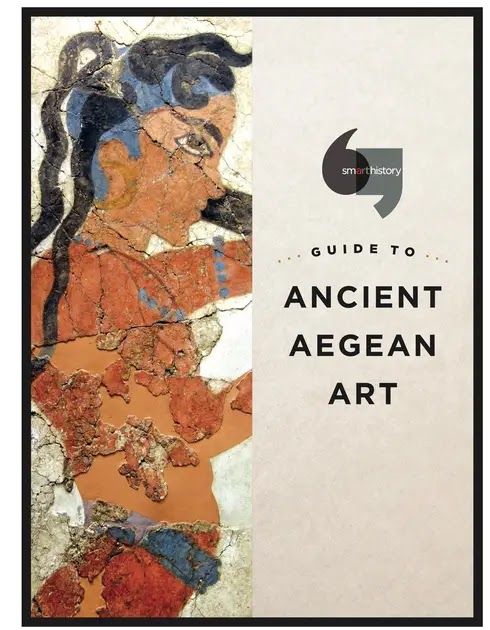
6. **From Ancient Veins: Devon’s Enduring Mining Legacy**Devon possesses a rich and ancient history of metal extraction, notably for tin, copper, and other valuable minerals, dating back to times immemorial. The geological makeup of the county, particularly the granite intrusion of Dartmoor—part of the larger Cornubian batholith—and the Carboniferous Culm Measures, provided the natural resources that fueled this vital industry for centuries. This legacy contributed significantly to the region’s economy and social structure.
One of the most distinctive aspects of Devon’s mining heritage was the substantial degree of independence enjoyed by its tin miners. This autonomy was exercised through the Devon Stannary Convocation, an ancient institution that dates back to the 12th century. The Stannary Parliament, as it was sometimes known, had its own laws and courts, reflecting the unique status and power of the mining community. The last recorded sitting of this powerful body was in 1748, marking the slow decline of this unique form of self-governance.
Although the full extent of the mining industry’s economic dominance has waned, its impact remains etched into the landscape and cultural memory of Devon. The geological formations, which include Devonian strata and Permian and Triassic sandstones contributing to fertile red soils, indicate a complex and resource-rich subsurface. This historical industry underscores the profound connection between the land and the livelihoods it has supported for generations.
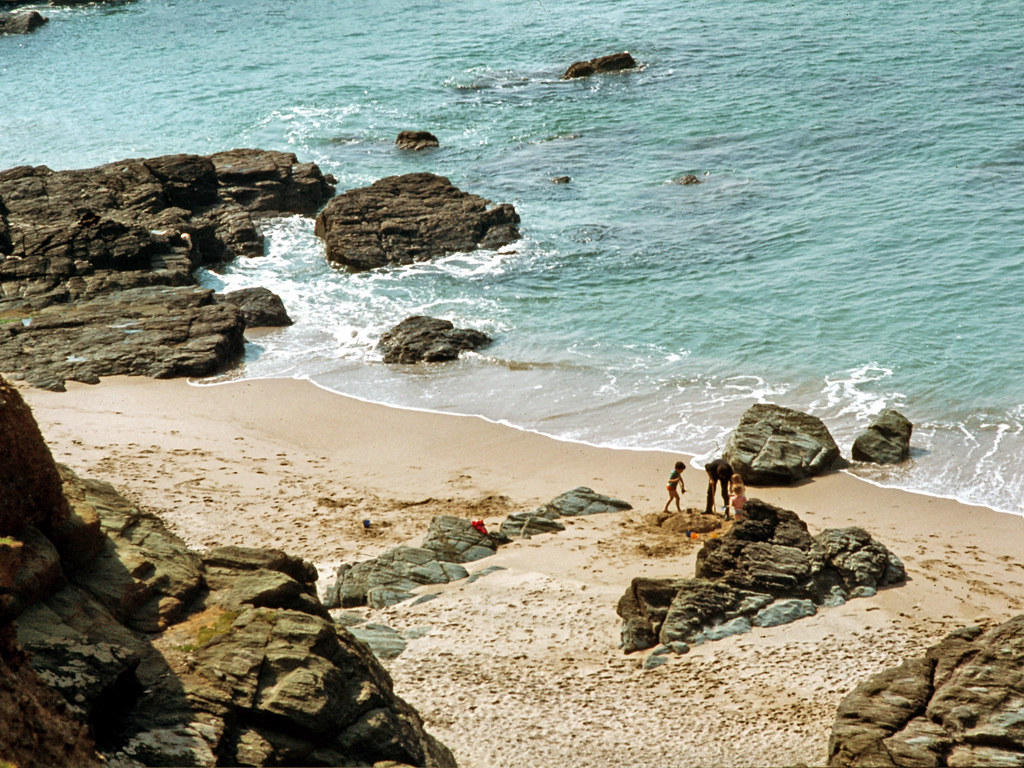
7. **The Temperate Clime: An Analysis of Devon’s Oceanic Weather Patterns**Devon generally experiences a cool oceanic climate, a characteristic heavily influenced by the ameliorating effects of the North Atlantic Drift. This maritime influence results in relatively mild winters, where snow is uncommon away from the higher elevations of the moorlands, and summers are typically mild, punctuated by occasional warm spells and periods of rain. This temperate nature contributes to the county’s lush, green landscapes.
However, rainfall distribution varies significantly across the county, creating distinct microclimates. Parts of Dartmoor, for instance, can receive over 2,000 mm (79 inches) of rainfall annually, contributing to its boggy terrain and unique ecosystems. Conversely, areas along the southeastern coast and around Exeter, situated in a rain shadow, receive considerably less, averaging around 750 mm (30 inches) annually. These variations in precipitation underscore the diverse meteorological experiences within Devon.
Similarly, sunshine amounts are highly variable. The upland moors, particularly near Princetown, tend to be cloudier, receiving less than 1,400 hours of sunshine each year. In contrast, the southeastern coast around Brixham and Berry Head is one of the sunniest areas in the UK, often benefiting from more than 1,800 hours annually. Furthermore, westerly or south-westerly winds combined with high pressure can lead to a Foehn wind effect around Torbay and Teignmouth, producing notably warm and sunny spells due to the shelter provided by high ground, making these areas particularly pleasant.
Continuing our in-depth exploration of Devon, we now turn our attention to the vibrant threads that weave through its ecological heart, its symbolic representations, the structures of its governance, the patterns of its communities, its spiritual journey, and the dynamic forces shaping its modern economy. These elements collectively paint a vivid picture of a county that is both deeply rooted in its past and continuously evolving.

8. **Devon’s Vibrant Ecology and Unique Wildlife** Devon’s diverse range of habitats supports an astonishing variety of wildlife, making it a compelling region for naturalists and enthusiasts alike. The county is a haven for numerous species, leading to popular challenges among birders who aim to identify over 100 species in a single day. This rich biodiversity is diligently protected by a network of dedicated organizations, including the Devon Wildlife Trust, which manages 40 nature reserves, the long-standing Devon Bird Watching and Preservation Society (now Devon Birds), and the RSPB, which maintains its own reserves within the county. Furthermore, Natural England oversees more than 200 Devon Sites of Special Scientific Interest and National Nature Reserves, such as the important Slapton Ley, while the Devon Bat Group has been active since 1984 in conserving bat populations.
The county serves as a national hotspot for several species that are rare across Britain, showcasing its unique ecological significance. Among these are the vibrant cirl bunting, the elusive greater horseshoe bat, Bechstein’s bat, and the distinctive Jersey tiger moth. Devon is also the sole location in mainland Britain where the sand crocus (Romulea columnae) thrives, found specifically at Dawlish Warren, and remarkably, it is home to all six British native land reptile species, partly attributed to successful reintroduction efforts. Recent conservation successes include the reintroduction of the Eurasian beaver, primarily along the River Otter, further adding to the county’s reputation as a sanctuary for rare and reintroduced wildlife, which also extends to species like seahorses and the sea daffodil.
Beyond its animal inhabitants, Devon’s botany is exceptionally diverse, featuring rare species found nowhere else in the British Isles apart from Cornwall. The county is meticulously divided into two Watsonian vice-counties, North and South Devon, for botanical study, with comprehensive reports tracing back to the 17th century. Significant works like the *Flora Devoniensis* (1829), *The Victoria History of the County of Devon* (1906), and the *Flora of Devon* (1939), along with more recent publications such as the *Atlas of the Devon Flora* (1984) and *A New Flora of Devon* (2016), document this rich botanical heritage. In a testament to changing climates, Devon has even become the first place in modern Britain to successfully cultivate olives commercially. Efforts are also underway to bolster its cherished yet at-risk Celtic rainforests, with plans announced in January 2024 to plant over 100,000 trees across 50 hectares in northern Devon, including the rare Devon whitebeam, through initiatives led by the National Trust.
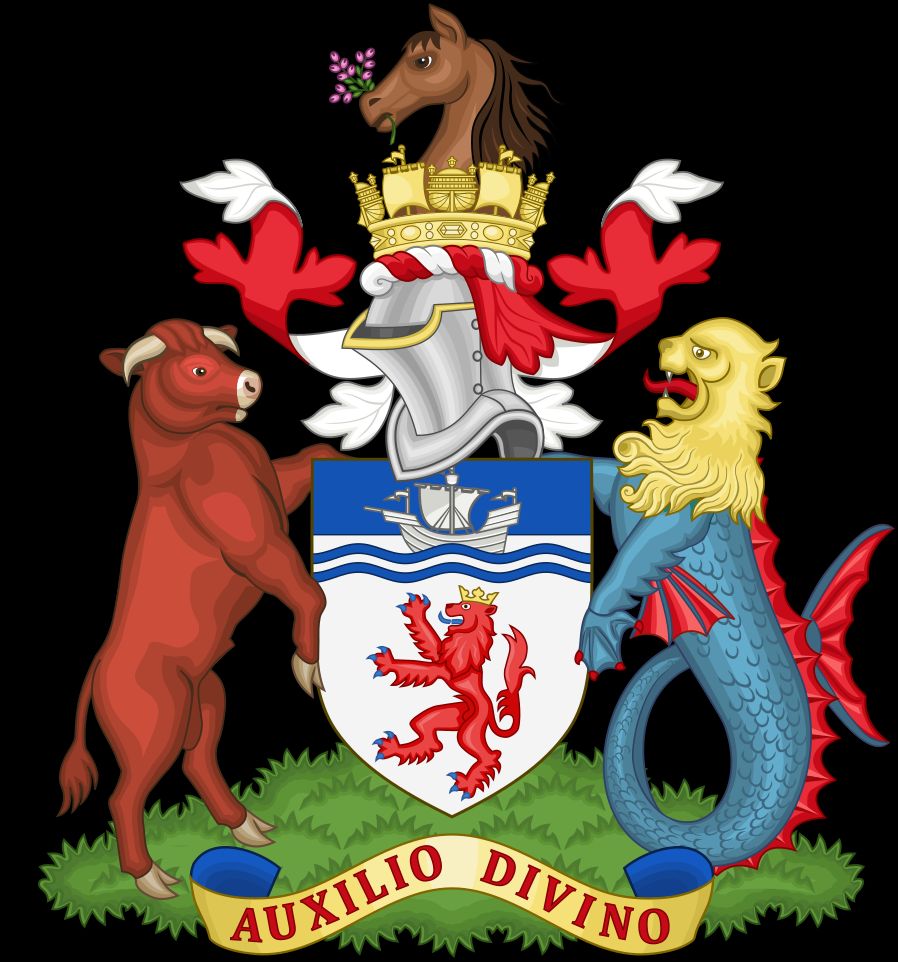
9. **Emblematic Identity: Devon’s Coat of Arms and Flag** For many centuries, Devon did not possess its own officially established coat of arms, with the arms of the City of Exeter often serving as a de facto representation, even featuring on the badge of the Devonshire Regiment. The need for a common seal arose with the formation of the county council under the Local Government Act 1888, and this seal incorporated the arms of Exeter alongside those of the council’s first chairman and vice-chairman. It was not until October 11, 1926, that the county council was officially granted its own arms by the College of Arms. The design prominently features a red crowned lion set against a silver field, symbolizing the arms of Richard Plantagenet, Earl of Cornwall. Above this, the chief, or upper section of the shield, depicts an ancient ship on wavers, a clear tribute to Devon’s rich seafaring traditions. The Latin motto chosen, *Auxilio Divino* (‘by Divine aid’), further links the county to its heroic past, being the personal motto of Sir Francis Drake.
Further enhancements to Devon’s heraldry were granted on March 6, 1962, with the addition of a crest and supporters. The crest distinctively features the head of a Dartmoor Pony, rising from a “Naval Crown,” a special type of crown fashioned from the sails and sterns of ships, signifying the county’s strong association with the Royal Navy. Flanking the shield as supporters are a robust Devon bull and a majestic sea lion, symbolizing both the county’s agricultural strength and its maritime connections. Following the 1974 reorganization, Devon County Council adopted a streamlined “ship silhouette” logo for everyday use, adapted from the original coat of arms. However, after the administrative separation of Plymouth and Torbay in 1998, the council wisely re-adopted its full coat of arms for more formal civic purposes, before unveiling a new, modern logo in April 2006 for most daily applications, while preserving the historical arms for ceremonial occasions.
Devon proudly flies its own flag, a powerful symbol dedicated to Saint Petroc, a local saint whose commemorations are found throughout Devon and its neighboring counties. This distinctive flag was adopted in 2003 following a public competition organized by BBC Radio Devon, with the winning design, conceived by website contributor Ryan Sealey, garnering 49% of the votes. The flag’s colors are deeply ingrained in the county’s identity, mirroring those associated with institutions such as the University of Exeter, the local rugby union team, the historic Green and White flag flown by the first Viscount Exmouth during the Bombardment of Algiers (now a cherished exhibit at the Teign Valley Museum), and one of the county’s prominent football teams, Plymouth Argyle. Its official recognition by the county council came on October 17, 2006, when it was proudly hoisted for the first time outside County Hall in Exeter to mark Local Democracy Week. In 2019, Devon County Council, with the full support of both the Anglican and Catholic churches in Exeter and Plymouth, further acknowledged Saint Boniface as the official Patron Saint of Devon.
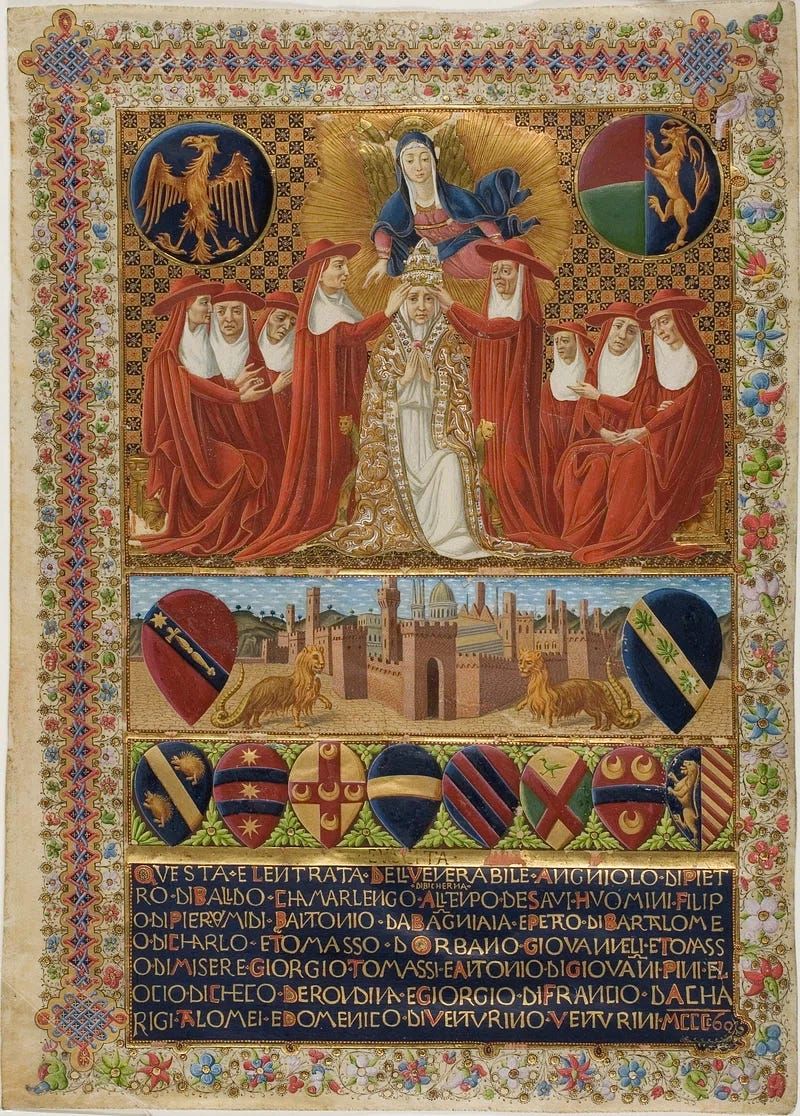
10. **The Tapestry of Local Governance: Administration and Politics** The administrative heart of Devon beats in the city of Exeter, serving as its capital. However, the local government landscape is characterized by a degree of administrative independence for its largest urban centers. The city of Plymouth, a historic port, along with the conurbation of Torbay – which encompasses Torquay, Paignton, and Brixham – have operated as unitary authorities since 1998, managing their own local affairs distinct from the broader Devon County Council. This structure reflects the unique needs and identities of these populous urban areas, while the remainder of Devon falls under the direct administration of Devon County Council for local government purposes, ensuring comprehensive service delivery across the diverse county.
Devon County Council’s political representation reflects the county’s leanings, currently being controlled by the Conservative party. Its 60 councillors are composed of a varied assembly: 38 Conservatives, 10 Liberal Democrats, six Labour members, three Independents, two Green Party representatives, and one member from the South Devon Alliance. This composition underscores a robust democratic process and a spectrum of political voices contributing to local decision-making. At the national level, the 2024 general election saw Devon elect six Liberal Democrats, four Conservatives, and three Labour Members of Parliament to the House of Commons, illustrating the fluctuating dynamics of parliamentary representation within the county.
Historically, the county of Devon was meticulously organized into 32 hundreds, a system of administrative divisions that played a significant role in local governance for centuries. These traditional hundreds included names such as Axminster, Bampton, Black Torrington, Braunton, Cliston, Coleridge, Colyton, Crediton, East Budleigh, Ermington, Exminster, Fremington, Halberton, Hartland, Hayridge, Haytor, Hemyock, Lifton, North Tawton and Winkleigh, Ottery, Plympton, Roborough, Shebbear, Shirwell, South Molton, Stanborough, Tavistock, Teignbridge, Tiverton, West Budleigh, Witheridge, and Wonford. While no longer central to modern administration, these ancient divisions offer a fascinating glimpse into the historical structuring of communities and territories across Devon.

11. **Collaborative Futures: The Devon and Torbay Combined County Authority** In a forward-looking move towards enhanced regional cooperation, Devon County Council and Torbay Council have come together as constituent members of the Devon and Torbay Combined County Authority. This newly established body represents a significant development in local governance, having been granted devolved powers that cover crucial areas such as transport, housing, skills development, and support for local businesses. This strategic collaboration aims to foster a more integrated approach to regional planning and development, addressing shared challenges and opportunities across both the county and the unitary authority of Torbay, ensuring that resources and policies are aligned for maximum benefit.
The authority’s structure is designed for inclusive representation and efficient decision-making, comprising a total of 12 members. Six of these are constituent members, holding full voting rights and equally chosen by Devon County Council and Torbay Council, reflecting their foundational role. Complementing these are four non-constituent members who do not possess voting powers unless specifically extended to them by the constituent members. These include two representatives collectively selected by Devon’s district councils to articulate their interests, and one reserved for the Devon and Cornwall Police and Crime Commissioner, ensuring vital perspectives from various local and regional bodies are considered. The remaining non-constituent member, along with two associate members who cannot vote, are elected by the constituent members of the authority, further broadening the scope of stakeholder engagement.
This collaborative entity embodies a modern evolution in regional governance, enabling tailored policy implementation and integrated services across the county’s diverse constituent authorities. Its concentrated focus on transport, housing, skills, and business support directly addresses critical areas for Devon’s future development and prosperity, demonstrating a concerted effort towards a more unified and effective regional strategy. By pooling resources and expertise, the Combined County Authority is poised to drive innovation, improve infrastructure, and enhance economic opportunities, creating a cohesive framework for sustainable growth and improved quality of life for all Devonians.
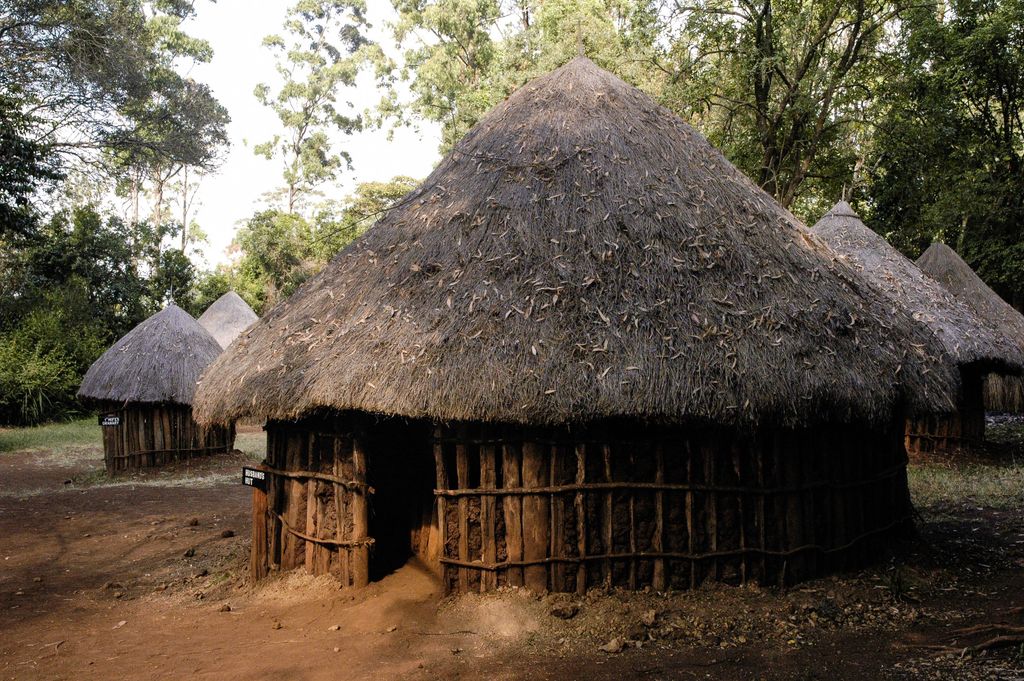
12. **Settlement Patterns: From Cities to Cob Cottages** Devon’s landscape is dotted with a diverse array of settlements, each with its own character and history, from bustling urban centers to picturesque rural villages. The main settlements include Plymouth, a historic port city that now operates with administrative independence, serving as the largest population hub. Exeter, the esteemed county town, holds a central administrative and cultural role. The conurbation of Torbay, a popular tourist destination encompassing Torquay, Paignton, and Brixham, also enjoys administrative independence, highlighting its significant economic and social footprint within the region.
Along its beautiful coastlines, Devon features a series of charming tourist resorts, many of which experienced rapid growth and transformation with the advent of the railways in the 19th century. Destinations like Dawlish, Exmouth, and Sidmouth grace the south coast, offering traditional seaside charm, while Ilfracombe and Lynmouth draw visitors to the north. The unique character of the Torbay conurbation, with its vibrant mix of Torquay, Paignton, and Brixham, further exemplifies the county’s appeal as a premier tourist destination, blending historical charm with modern amenities, all while maintaining its distinct administrative status.
Beyond these coastal and urban centers, Devon is renowned for its attractive rolling rural scenery, home to quaint market towns such as Barnstaple, Bideford, Honiton, Newton Abbot, Okehampton, Tavistock, Totnes, and Tiverton. These towns serve as vital hubs for the surrounding agricultural communities. The county’s distinctive toponyms offer insights into its historical linguistic influences, with the frequent appearance of endings like “combe” (meaning valley, from Brittonic ‘cwm’) and “tor” (referring to granite formations, from Old Welsh ‘twrr’). These are rare Celtic loanwords in English, with their high frequency in Devon underscoring its historical boundary with Brittonic-speaking Cornwall. Other traditional Anglo-Saxon place-name elements, such as “-worthy” for larger settlements, and “Bere” or “leigh” indicating groves and clearings, respectively, coexist with the “-acott” (homestead) endings found in smaller rural hamlets, echoing the dispersed settlement patterns observed in Cornish ‘tre-‘ villages.

13. **Spiritual Journeys: Devon’s Rich Religious Heritage** The spiritual landscape of Devon has evolved through a rich and complex history, beginning with the earliest known religions of Celtic paganism and Roman practices. Christianity first took root in the county around the mid-fourth century AD. During the Sub-Roman period, the British Isles witnessed a distinctive form known as Celtic Christianity, characterized by certain unique practices yet always maintaining communion with the broader Roman Catholic Church. This era saw many Cornish saints commemorated across Devon in legends, churches, and place-names, reflecting a shared early Christian heritage across the peninsula. Saint Petroc, in particular, is said to have traveled through Devon, with his ancient dedications being notably numerous—potentially seventeen—even more so than in Cornwall, often found near the coast, suggesting a maritime mode of travel for these early missionaries. Both the Devonian villages of Petrockstowe and Newton St Petroc are named in his honor, and the flag of Devon itself is dedicated to him.
The early organization of the Christian church in the South West of England remains somewhat obscured by history. While parts of historic Devon fell under the Diocese of Wessex, the ecclesiastical structure of the Celtic areas is less known. By around 703, Devon and Cornwall were included in the separate diocese of Sherborne, which was further divided in 900, with the Devon bishop establishing his seat at Tawton (now Bishop’s Tawton) from 905 and then at Crediton from 912, the birthplace of the revered St Boniface. A significant consolidation occurred when Lyfing became Bishop of Crediton in 1027 and soon after also Bishop of Cornwall, paving the way for his successor, Bishop Leofric. Under Edward the Confessor, Leofric united the two dioceses of Crediton and Cornwall, becoming the first Bishop of Exeter in 1050, establishing the abbey church of St Mary and St Peter, founded by Athelstan in 932 and rebuilt in 1019, as his cathedral city.
Later historical periods brought profound changes to Devon’s religious fabric. The Prayer Book Rebellion of 1549, a violent uprising against the introduction of the Protestant Book of Common Prayer, tragically resulted in the deaths of thousands from Devon and Cornwall. This pivotal event marked the official affiliation of churches in Devon with the Church of England during the English Reformation. From the late sixteenth century onwards, a deep-seated Protestantism, often termed ‘puritanism,’ became entrenched in some parts of Devon, contrasting with other districts that remained more religiously conservative. These divisions intensified during the English Civil War of 1642–46, leading to a stark split along religious and cultural lines within the county. The 19th century witnessed the widespread popularity of Methodism, introduced by John Wesley, especially among the working classes, transforming Methodist chapels into crucial social centers with male voice choirs and affiliated groups playing central roles in community life. While Devon has experienced the broader post-World War II decline in British religious observance, Methodism continues to be a significant part of its religious landscape today. The Anglican Diocese of Exeter still encompasses the entirety of Devon, while the Roman Catholic Diocese of Plymouth was established in the mid-19th century, serving its adherents across the region.

14. **Economic Evolution: Adapting to Modern Challenges** Devon’s economy presents a dynamic and robust profile, with a total economic output in 2019 exceeding £26 billion, a figure that surprisingly surpasses the economic contributions of major cities like Manchester or Edinburgh. A 2021 report highlighted the significant sectoral breakdown of employment, noting that health, retail, and tourism collectively account for a substantial 43.1% of the workforce. Additionally, sectors such as agriculture, education, manufacturing, construction, and real estate are notably over-represented in Devon compared to national averages, indicating a distinct regional economic character. Historically, much like its neighbor Cornwall, Devon faced economic disadvantages due to the decline of traditional core industries like fishing, mining, and farming; however, its economy has since undergone significant diversification, broadening its industrial base.
The agricultural sector, historically a cornerstone of Devon’s economy since the 19th century, experienced a severe setback during the 2001 UK foot and mouth crisis, which profoundly impacted the farming community. Yet, in the years that followed, parts of the industry demonstrated remarkable resilience and began to diversify, fostering a strong local food sector and a growing number of artisan producers. Despite these efforts, the dairy industry continued to grapple with challenges in 2015, specifically the low prices offered for wholesale milk by major dairies and large supermarket chains. More recently, the COVID-19 pandemic delivered a harsh blow, with an August 2021 report stating that its immediate economic impacts on the county were “as severe as any in living memory,” underscoring the vulnerability of certain sectors to global events.
In a positive trend observed between 2014 and 2016, Devon’s appealing lifestyle began to attract new industries less dependent on geographical location. This led to a notable rise in inhabitants involved in digital and financial services, particularly within areas like Dartmoor. Further enhancing its economic diversity, the Met Office, the UK’s national and international weather service, relocated to Exeter in 2003, and Plymouth hosts the head office of The Range, the only major national retail chain headquartered in Devon. Tourism, a vital economic driver since the advent of railways in the 19th century, has seen a recent revival and regeneration, moving past a mid-20th-century decline. This resurgence is notably concentrated around camping, sports like surfing, cycling, and sailing, as well as heritage tourism, significantly bolstered by the designation of its countryside and coastline as National Parks and World Heritage Sites. In 2019, the county’s visitor spend reached nearly £2.5 billion, with successful attractions often centered on food and drink, sea-view restaurants, walking the South West Coast Path, various cycle routes such as the Tarka Trail and Stover Trail, watersports, surfing, folk music festivals, and sailing in picturesque inlets like Salcombe. While incomes vary significantly, often bolstered by a high proportion of affluent retired residents, some areas still face severe deprivation, with earnings among the lowest in the UK, as reflected in claimant statistics for Jobseeker’s Allowance or Income Support, particularly in Torbay and Plymouth.
Read more about: Beyond the Billions: Unpacking the 14 Daily Habits That Propel the World’s Wealthiest to Unprecedented Success
From its ancient geological foundations to its dynamic modern economy, Devon truly embodies a vibrant blend of natural splendor, profound history, and evolving community spirit. It’s a place where the echoes of ancient Dumnonii mingle with the innovation of new industries, where rugged moorlands give way to sun-kissed coastlines, and where every village and city tells a story of enduring heritage and forward-looking ambition. This journey through its depths reveals not just a county on a map, but a living, breathing entity, perpetually shaping its identity while warmly inviting all to discover its myriad charms and untold tales.



